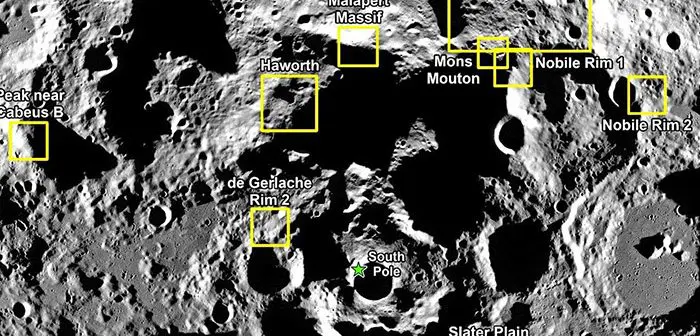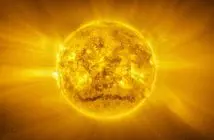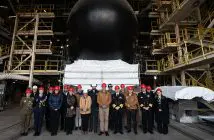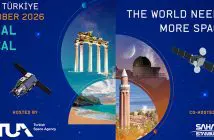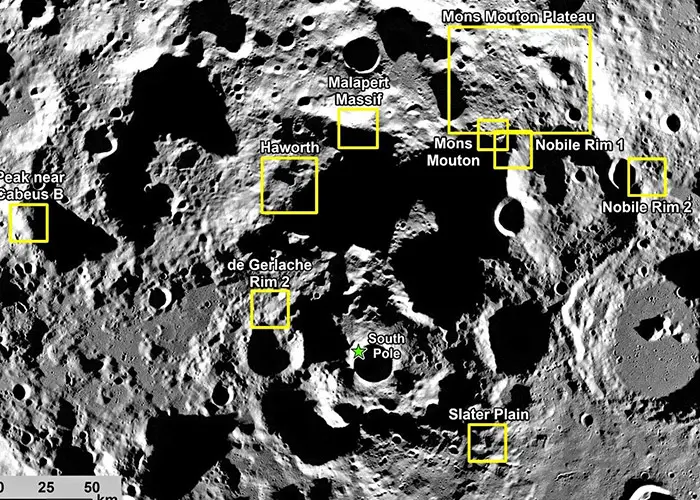
NASA has released an updated set of nine potential landing regions near the lunar South Pole for its Artemis III mission.
The agency’s Cross Agency Site Selection Analysis team, working closely with science and industry partners, added and excluded potential landing regions, which were assessed for their science value and mission availability.
The refined candidate Artemis III lunar landing regions are, in no priority order:
- Peak near Cabeus B;
- Haworth;
- Malapert Massif;
- Mons Mouton Plateau;
- Mons Mouton;
- Nobile Rim 1;
- Nobile Rim 2;
- de Gerlache Rim 2; and
- Slater Plain.
NASA’s selection of these regions shows our commitment to landing crew safely near the lunar South Pole, where they will help uncover new scientific discoveries and learn to live on the lunar surface,” said the agency’s Lakiesha Hawkins.
To select these landing regions, a team of scientists and engineers analysed the lunar South Pole region using data from NASA’s Lunar Reconnaissance Orbiter and a body of lunar science research. Factors in the selection process included science potential, launch window availability, terrain suitability, communication capabilities with Earth, and lighting conditions. Additionally, the team assessed the combined trajectory capabilities of NASA’s SLS (Space Launch System) rocket, the Orion spacecraft, and Starship HLS (Human Landing System) to ensure safe and accessible landing sites.
The Artemis III geology team evaluated the landing regions for their scientific promise. Sites within each of the nine identified regions have the potential to provide key new insights into our understanding of rocky planets, lunar resources, and the history of our solar system.
“Artemis III will be the first time that astronauts will land in the south polar region of the Moon,” said NASA’s Jacob Bleacher. “They will be flying on a new lander into a terrain that is unique from our past Apollo experience. Finding the right locations for this historic moment begins with identifying safe places for this first landing, and then trying to match that with opportunities for science from this new place on the Moon.”
NASA’s site assessment team will engage the lunar science community through conferences and workshops to gather data, build geologic maps, and assess the regional geology of eventual landing sites. The team also will continue surveying the entire lunar South Pole region for science value and mission availability for future Artemis missions. This will include planning for expanded science opportunities during Artemis IV, and suitability for the LTV (Lunar Terrain Vehicle) as part of Artemis V.
The agency will select sites within regions for Artemis III after it identifies the mission’s target launch dates, which dictate transfer trajectories, or orbital paths, and surface environment conditions.
NASA will continue to survey potential areas for missions following Artemis III, including areas beyond these nine regions.

